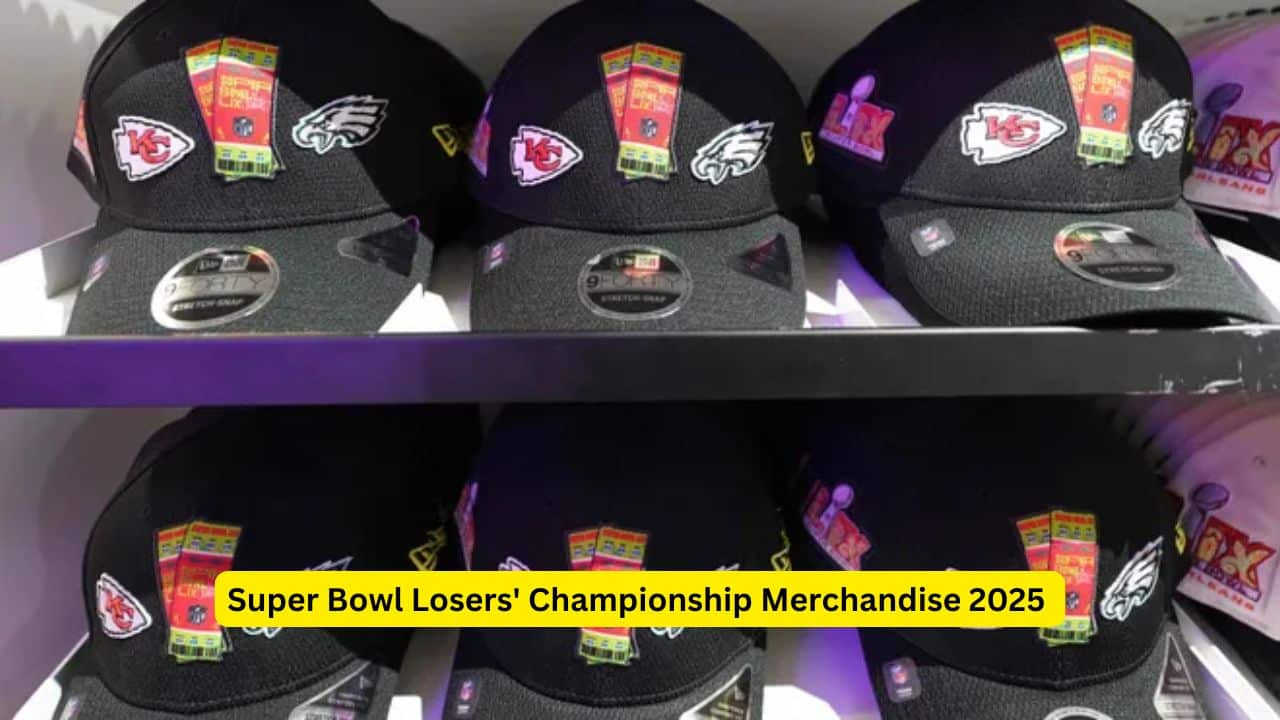Super Bowl Losers’ Championship Merchandise: The Journey Beyond the Game. The Super Bowl stands as one of the most anticipated sporting events in the United States, captivating millions of viewers each year. As the final whistle blows, the victorious team is promptly adorned with championship merchandise—hats, shirts, and other apparel celebrating their triumph. But have you ever wondered what becomes of the Super Bowl losers’ championship merchandise? This article delves into the fascinating journey of these items, highlighting their path from the stadium to communities in need around the world.
The Immediate Aftermath: Preparing for Both Outcomes
In the high-stakes world of the Super Bowl, preparation is key. To ensure that the winning team can immediately celebrate their victory, manufacturers produce championship merchandise for both teams ahead of the game. This means that as the winning team dons their celebratory gear, an equal amount of merchandise bearing the losing team’s logo and “champion” designation exists. However, the NFL has established protocols to manage this surplus responsibly.
Donation Partnerships: A Commitment to Global Aid
For over a decade, the NFL has partnered with organizations to ensure that the Super Bowl losers’ championship merchandise doesn’t go to waste. One such partnership is with Good360, a nonprofit organization that specializes in distributing excess goods to communities in need worldwide. This collaboration ensures that the merchandise is donated rather than destroyed, aligning with both humanitarian and environmental goals.
The Journey of the Merchandise
Once the game concludes and the winner is determined, the merchandise bearing the losing team’s championship designation is collected and securely transported to a central location. From there, Good360 works closely with international non-governmental organizations (NGOs) to distribute the apparel to vulnerable communities across various regions, including Africa, Asia, Eastern Europe, and the Middle East. This process is meticulously managed to ensure that the goods reach those who need them most and do not disrupt local economies.
Ensuring Dignity and Preventing Misuse
A critical aspect of this donation process is maintaining the dignity of the recipients and preventing the merchandise from entering unauthorized markets. To achieve this, the NFL and Good360 implement strict controls to ensure that the donated apparel does not appear in the United States or other unintended locations. This careful management helps uphold the integrity of the donation program and ensures that the merchandise serves its intended purpose.
The Impact on Communities
The distribution of Super Bowl losers’ championship merchandise has a tangible impact on the receiving communities. For individuals in impoverished or disaster-stricken areas, access to new, high-quality clothing can significantly improve their quality of life. While the logos and championship claims may hold little significance to the recipients, the practical value of the apparel is immense, providing comfort and protection in challenging conditions.
A Sustainable Solution
Beyond the immediate humanitarian benefits, this practice also contributes to environmental sustainability. By donating the surplus merchandise, the NFL and its partners prevent large quantities of clothing from ending up in landfills, thereby reducing waste and promoting a more sustainable approach to merchandise production and distribution.
Conclusion: A Thoughtful Resolution to a Unique Challenge
The journey of the Super Bowl losers’ championship merchandise reflects a thoughtful and responsible approach to managing the unique challenges posed by major sporting events. Through strategic partnerships and careful planning, the NFL ensures that these items serve a meaningful purpose, bringing aid to those in need and promoting sustainability. This practice not only addresses the logistical challenges of surplus merchandise but also underscores a commitment to global responsibility and ethical stewardship.
Reflective Question
How can other major sporting events adopt similar practices to ensure that surplus merchandise benefits those in need while promoting environmental sustainability?

